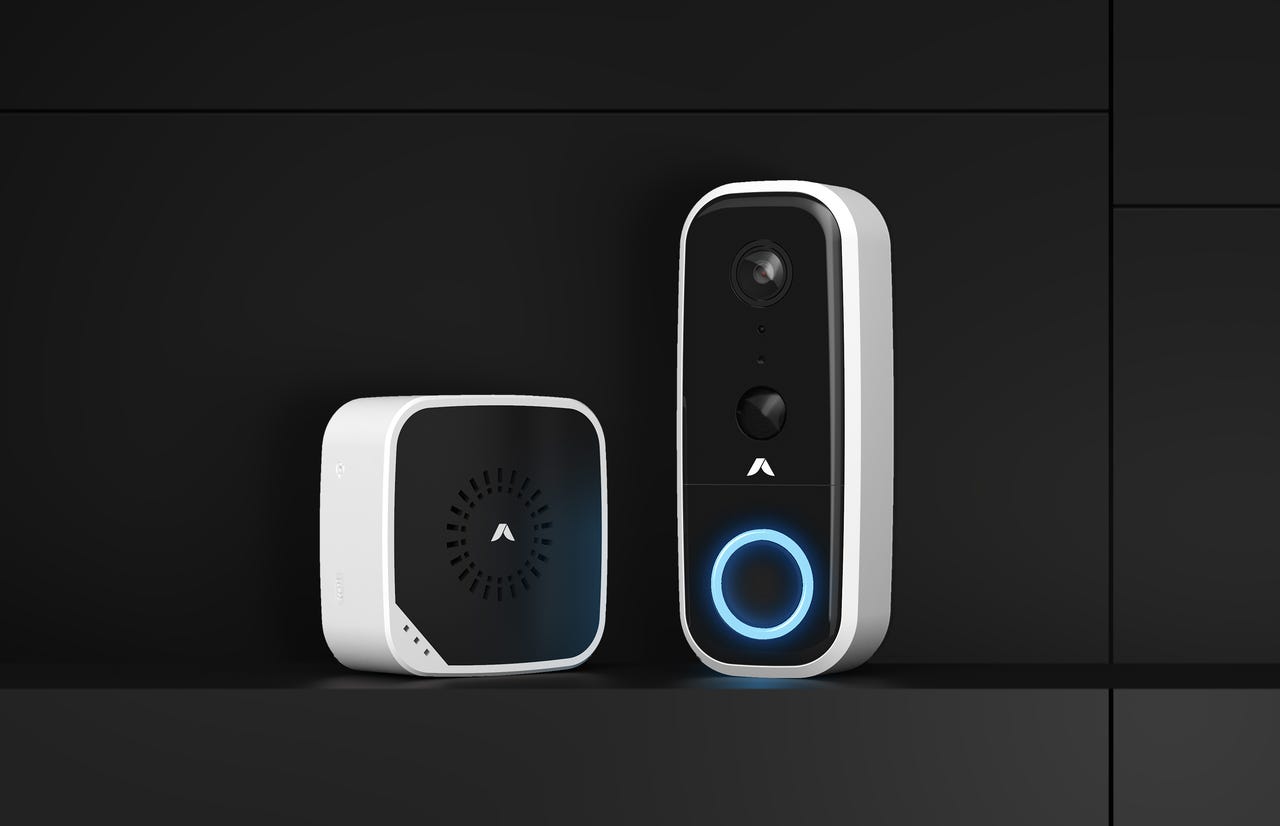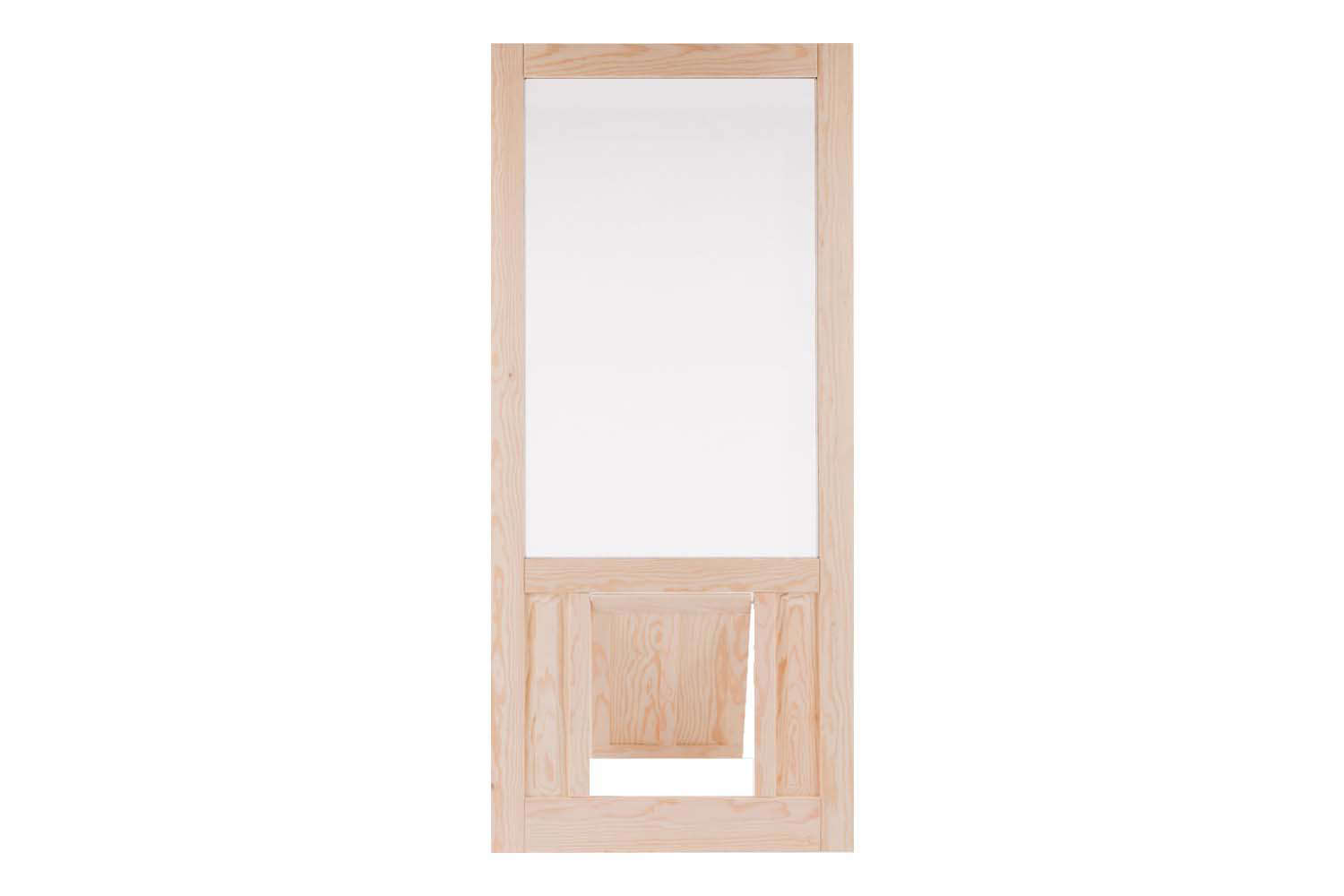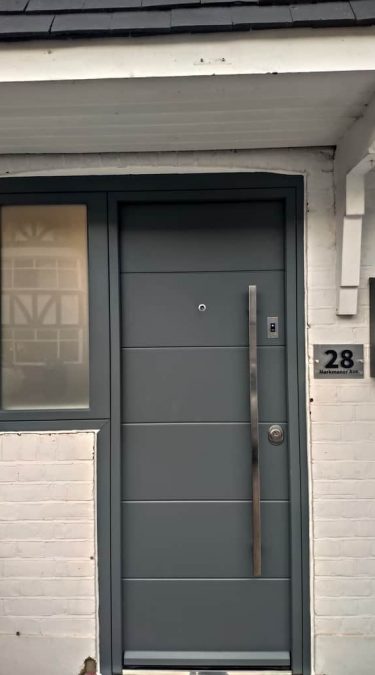
Door sensors are an easy way to monitor visitors and exits from your home. They're also a handy addition to a security system, as they can alert you if someone opens or closes your doors while the system is turned off.
Entry Sensor Simplisafe
Simplisafe's entry sensor for front or rear doors is an easy to install solution. It is compatible for Simplisafe Gen 3 Home Security Systems and comes with adhesive pre-applied. It's a good choice for people who want to keep the door open to their home but still need some peace of mind. It can also serve as a back-up doorbell so you'll know if guests come and go even when your alarm is not armed.
YoLink Door Sensor
YoLink is a great option for those who want a modern and smarter door sensor. This one can be used with Amazon Alexa as well as other devices. It comes with a small hub which makes it easier to connect other smart devices. The battery can last up to 18-months with moderate usage.

It's popular as a door sensor because of its ease of installation and compatibility with a wide range smart home platforms. It's a good choice for users who want a high-quality door sensor with a long battery life and a low price tag.
Sensor Door Open
One of the most important things to understand about a door sensor is how it works. It uses a reed switch and a magnet to create a closed circuit on the door. Once the door is open, the magnet separates from the switch and breaks the circuit. This triggers an alarm.
What is the difference between a Surface Mounted Contact and a Recessed Door sensor?
Surface-mounted contacts are mounted outside the frame of the doors. The surface-mounted contact is easy to mount, but it can be expensive.
As opposed to surface mounted sensors, recessed door sensor are installed within the door frame. They're harder to install as they require the drilling of holes in both the door frame and the door. These sensors are popular with homeowners who want their sensors to be hidden. However, they can be difficult to clean.

What is the function of a door sensor?
The most basic form of door sensor available is the contact sensor. A reed-button and a magnetic field are used to create the electrical circuit. As soon as the button is close to the magnet it stops the electrical flow, preventing a complete circuit. When the reed-button is separated from its magnet, electricity flows to the sensor. An alarm is triggered.
A contact door sensor uses a reed sensor to block electrical current when it is directly in front of the magnet. When the reed-switch is separated from magnet, an alarm is sent to your Cove Touch Alarm Panel.
FAQ
How much does a good home security system cost?
A good home security system will cost around $2,500. This might seem like a lot, but it's really quite inexpensive when you consider the peace of mind that comes with having a safe and secure place to live.
What Home Security Systems are Unhackable?
This question is dependent on the definition of hacking. Hacking is the unauthorised access to computer networks or systems. Because they don't contain software that allows remote control, most home security systems can't be hacked. They also don't allow anyone to enter your house without permission.
However, some home security systems can be hacked if they are connected to the Internet. These systems often require a password to be activated. This means that anyone can hack them if they know the right password.
What is the best security system?
The best security system depends on the value you place on your home. You have two options. One is to go with a basic system which offers minimal protection but is affordable. You can go with a basic alarm system that provides limited protection, but you have the option to upgrade to one that has remote monitoring and video surveillance as well as access control.
Do I really need an alarm system for my home?
Home security is essential for everyone who lives in a home. An intruder could enter your home at any moment without warning. They can steal anything, including valuable jewelry and expensive electronics. And if you leave your doors unlocked, they could just walk away with everything.
Home security systems help you protect your home and notify you when something is happening. This includes monitoring motion, sending you alerts to mobile devices, recording activity, as well as allowing access to recorded footage.
You can use a DIY camera to replace a costly home security system. These devices allow you to see who's at your front door, and will send you notifications when they enter. These devices will not help stop intruders entering your home.
What is the difference between surveillance and security cameras
Surveillance cameras serve monitoring purposes, security cameras are used as protection.
Both types of cameras have their advantages and disadvantages. Their main differences are the types of images they capture. Surveillance cameras capture video in slow motion so you can observe what's really happening. Security cameras on the other side only record video and still photographs, which are saved for later review.
Statistics
- Most home security companies will charge you around 75% of the remaining term of your contract if you cancel early—and some require 100%.Related questionsWhat type of contract length can I expect from security providers?Home security system cancellation (safewise.com)
- Depending on your insurance, 24/7 professional monitoring may qualify you for as much as 15% off your premium. (safewise.com)
- Cove sets you free without punishing penalties and fees, unlike other security solutions that charge 75% to 100% of your remaining contract. (safewise.com)
- Unlike other online safety services that charge up to 100 percent of your monthly fee, Cove charges no upfront fees and has no hidden costs.
External Links
How To
How to Install a Home Security System
A home alarm system is a device which monitors your home and alerts when there's an activity. It could consist of a motion sensor and doorbell camera as well as smoke detector, smoke detectors fire alarm, flood alerts, carbon monoxide detectors and burglar alarms. A home security system usually consists of one or more sensors (e.g., motion detectors), which send signals when they detect movement or sound. The signals are then sent to a control panel where they're monitored and recorded. A control panel will alert your phone, tablet or computer if something is wrong. The control panel will notify you immediately so that you can take corrective action.
You must first choose the right kind of sensors for you home in order to install a home alarm system. There are two main types: passive and active sensors. Passive sensors do not require batteries. They simply pick up sounds and vibrations around them. They can be doorbells or sirens as well as buzzers. Active sensors use electricity to transmit data. These sensors include motion sensors and cameras.
There are many types of sensors on the market today. Each brand has their own pros and cons. Some sensors can withstand extreme weather conditions, while others cannot. Some have built-in speakers that allow you to hear them outside. Some only work indoors. Some are basic while others offer advanced features, such as night vision.
After selecting the right sensors for your property and deciding on a manufacturer, you will want to make a selection. This will help ensure that your sensors work well together. You should find plenty of choices at your local hardware shop.
Once you have selected a brand of sensor, you need to decide the number you wish to buy. Most people start with one or two sensors, depending on whether they live alone or with family members. However, if you plan to add additional sensors later, you might consider buying extra than you think you'll need now.
Next, determine where you want your sensors to be placed. Are you looking for them to be near doors or windows? Or do you prefer having them hidden away? Before you place them on your property, make sure that you have permission. You should also ensure that they don't interfere with electrical outlets or other property features.
Once you have determined where your sensors should be placed, you will need to find a way to connect them with your control panel. You may need a power adapter, or battery pack depending on the setup. Once you have everything set up, you'll be ready to monitor your property!